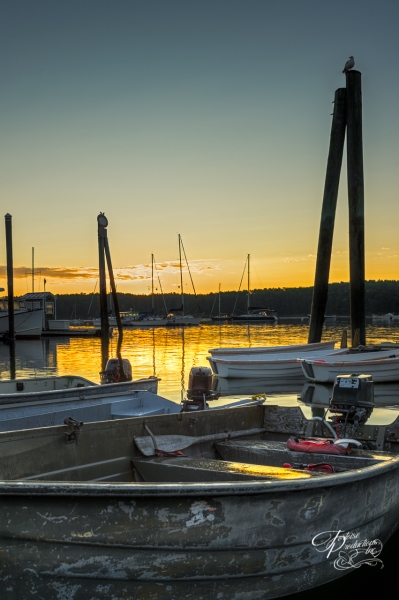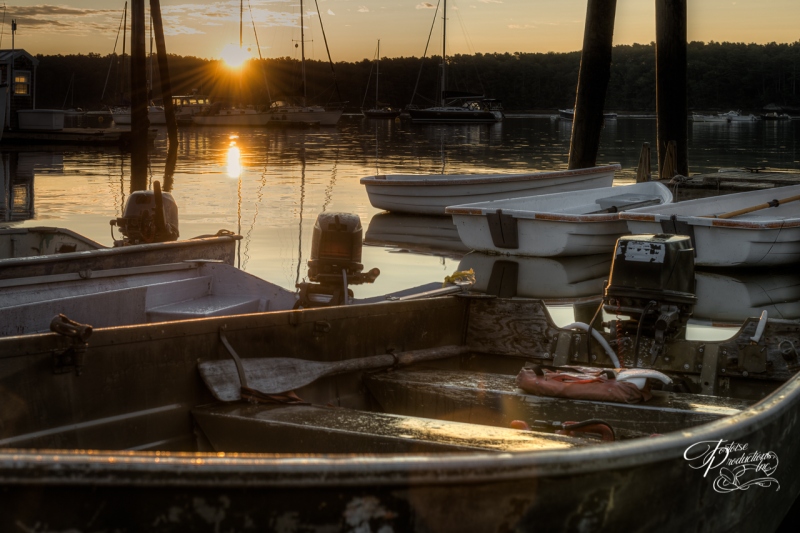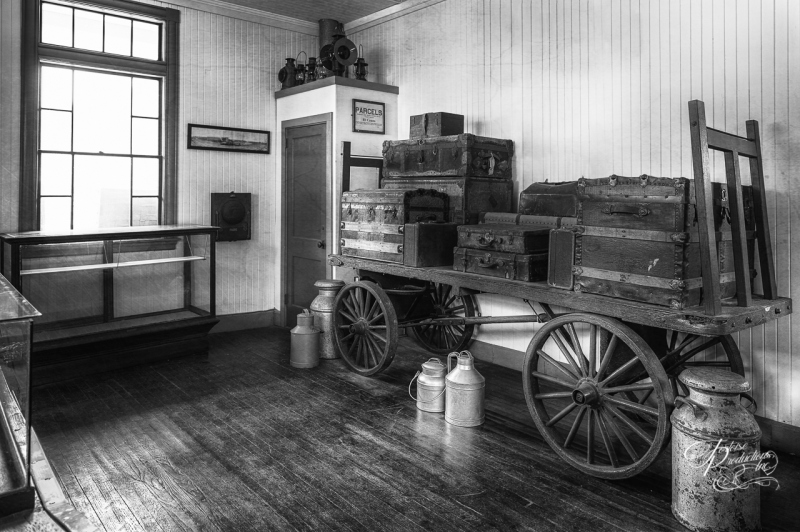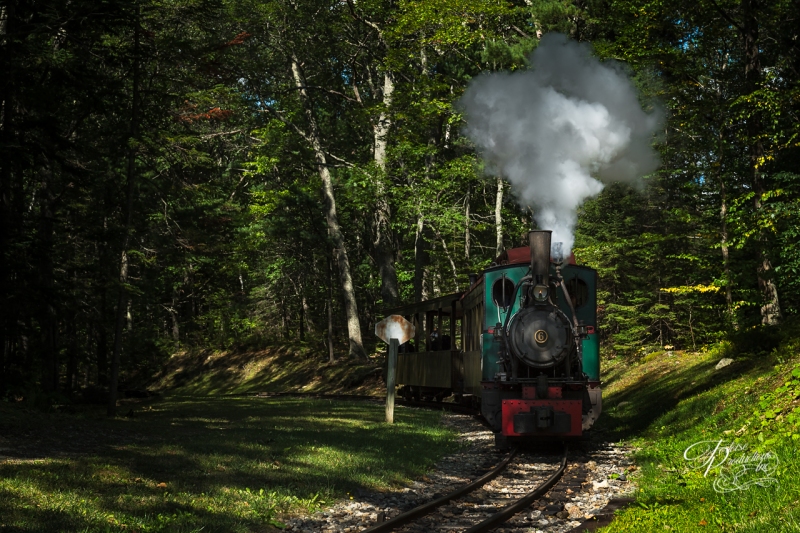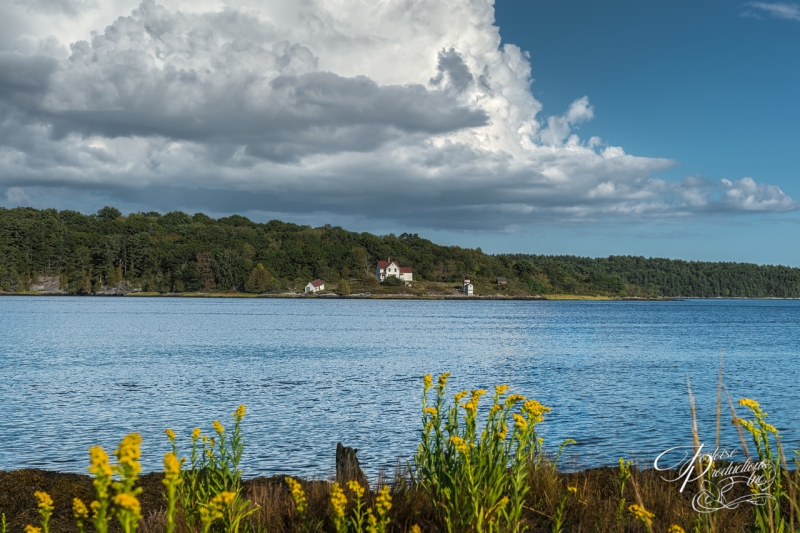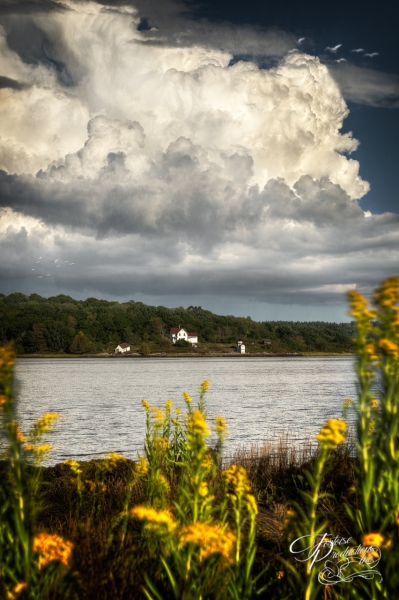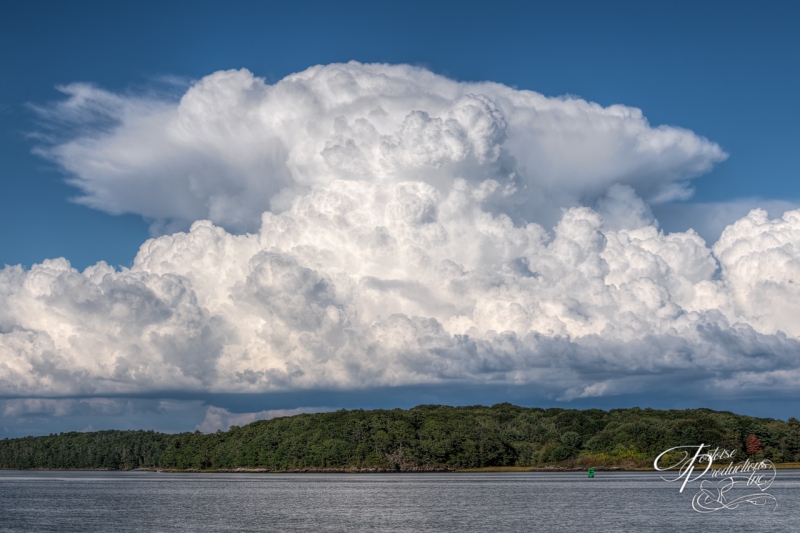When I was a kid once every few years when school was finished for the year, my family would pack up the camper and drive to Maine to visit my grandparents for the summer. We could do this because my father was a school teacher and my mother was a house maker. We would take one of two routes out to Maine. Most of the time we would drive through Wisconsin down to Illinois through Chicago (almost always at the height of rush hour) then through Indiana, Ohio, Pennsylvania, New York, Massachusetts, New Hampshire, and then to Maine. But once in a while we would turn north in Indiana and travel up through Michigan and across the Mackinac bridge into Canada and across through Montreal, then cross back into Vermont and New Hampshire then to Maine. Our ultimate destination would be Newcastle, Maine where my grandparents lived. We then spent the rest of the trip exploring Maine.
Years later, my wife Holly and I decided to visit Maine with hopes to revisit some of my old haunts as well as places we’d visited together in Maine while my grandmother was living. We did some planning, booked a flight into Portland, Maine and were on our way.
Freeport, Maine
After a night in a hotel, we woke up early to shoot the sunrise. We drove to the South Freeport Town Wharf and were rewarded with a wonderful sunrise. Freeport is known for its shopping, some of the biggest collections of outlet stores in New England are in Freeport. It’s also the birthplace of L.L.Bean, an outdoor store founded in 1911 by Leon Leonwood Bean who invented the Maine Hunting Shoe and numerous other things later.
If you plan to go here or anywhere on the east coast in general, a note on dock safety: Notice the long poles around the docks (the poles that are not sailboat masts),these are mooring points for the docks. The reason they are so tall is because of the tide. Depending on the position in the tide cycle those poles will go from barely visible to 20 to 30 feet tall. This means the tide varies the depth of the water in this location 20 to 30 feet. Each dock has a “gangplank” which extends from the fixed dock to the floating dock. The angle of these gangplanks can be anything from level to about 45 degrees. Many of these gangplanks are made out of aluminum with anti-slip tape affixed across them at intervals. I can tell you from personal experience that they are slippery. Be careful, because it is a long way to the deck if you fall and the water is very cold. Use both hands on the railings.
Boothbay, Maine
Boothbay is another touristy town in Maine. In this case it caught my attention as a kid with something that would become somewhat of a passion for me – the steam train. When I was 6 or 7 years old my father made the mistake of taking me to the Boothbay Railway Village. The Railway Village is an area where they have taken restored narrow gauge steam engines and built a village and loop of rails complete with a small tunnel and train station. Long story short, you could ride on the train and as a 6 or 7 year old I was immediately and completely obsessed. I bugged my dad every day to go back to that wonderful place and I blame this for my love of trains to this day. If you decide to visit and want to see the steam engine in use, give them a call and verify the schedule – because steam engines require licensed boiler operators to run, they can’t always run it and sometimes run the diesel engine they have instead. Bring your kids, maybe one of them will be come obsessed like me.
By the way these are not toy trains, they are real trains that were used to haul people and goods around Maine. Starting around the 1870’s Maine built narrow gauge railways through the rural portions of Maine to save some money. These trains were lighter than the US Standard Trains and ran on smaller rails. The rails were spaced 2 feet apart compared to the US Standard of 4 ft 8.5 inches. Eventually they had 200 miles of track around Maine. Unfortunately, because of the difference in track size they couldn’t interconnect with the rest of the countries railways and round about the 1940’s they stopped running. Since then the Boothbay Railway Village was built to preserve the history of the Maine Narrow Gauge Railroad.
Squirrel Point Light
Squirrel Point Light is one of many navigational aides on the Kennebec River. Holly and I found this one in a book on lighthouses and we decided to try to find it. After a fairly long drive – the Maine coast is basically a bunch of long peninsulas, most of which are 10-20 miles long – we did find a parking area for it. Because our book listed access to the light as a difficult hike, we left our big cameras in the car and hiked in with just a cell phone camera. After about 30 minutes of hiking we came upon the light house site, which was under restoration. The restoration group had set up a table with information and we had a nice chat with the folks working there. We gave them a donation wandered around the site for awhile exploring and then decided to see if there was a place we could spot the light from across the river. An hour later (30 minutes of hiking, 30 minutes of driving up one peninsula and down another) we found a little turnout on the side of the road that was close enough to do some distance shooting of the light across the Kennebec River and took a few photos.
Squirrel Point is a very interesting light if you are up for a bit of a hike. We’ve been following the progress of the restoration group at www.squirrelpoint.org and they are slowly nearing completion. Next time we go to Maine we hope to go back and bring real cameras and maybe a drone.
More Maine to come – Look out for future postings…
